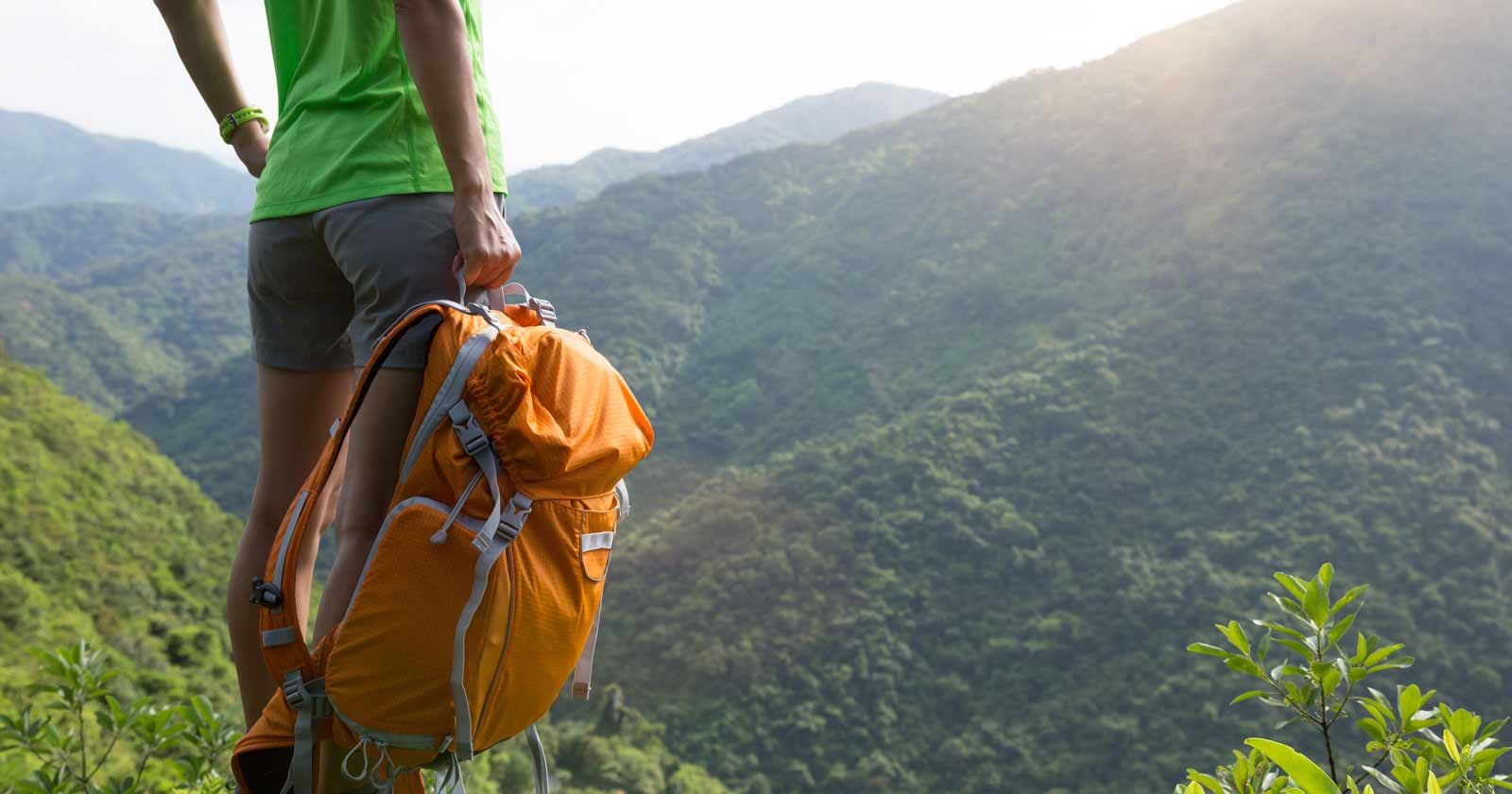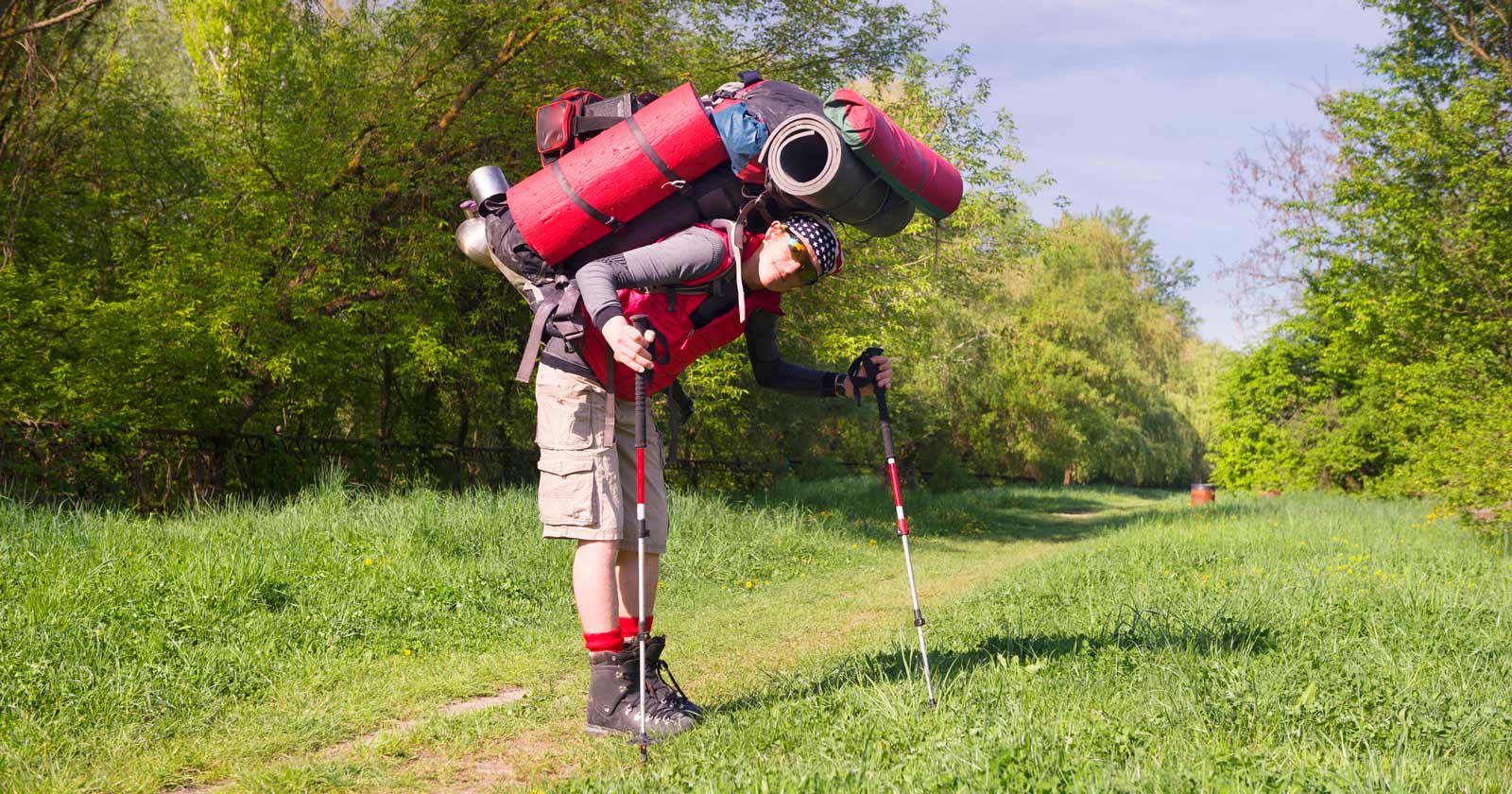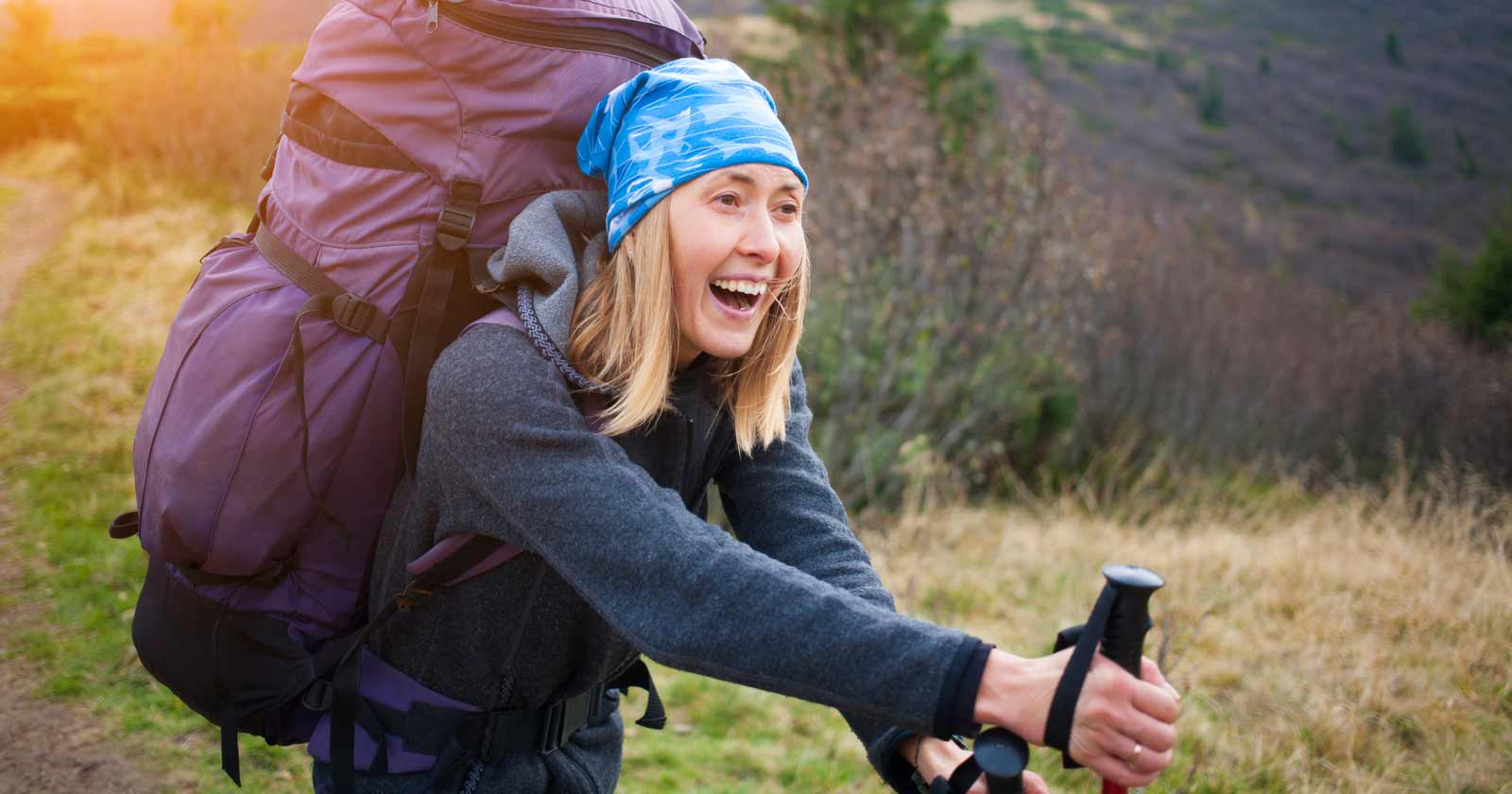Want to go hiking but don’t know where to start?
This guide can help you prepare for your first hike wherever you are headed, ensuring you are safe and comfortable in 11 basic tips. The great thing about hiking is you get to pick your speed and difficulty for the perfect amount of challenge that suits you. So what are you waiting for? Let’s get started!
1. Decide how long you have to hike
As this is a beginner’s guide to hiking, we’re not looking to hike the Appalachian Trail – but rather trails that can be done in less than a day, that won’t require you to pack a tent, or bring extra change of clothes. Pick a hike based on how much time you have – do you have the entire Sunday? Or do you just have a few hours on a Tuesday afternoon?
2. Decide if you’ll be hiking solo or with a friend/group
Solo hikes may have its advantages (mobile meditation anyone?), however it is also more dangerous should anything happen while you’re out on the trail. It would be recommended buddying up with a friend or your significant other particularly for your first hike – it’s a great bonding opportunity!
3. Determine your starting level
If you are a complete newbie, sending yourself out on an eight hour hike through the unmapped wilderness is highly not recommended. Start slow to develop your skills and pick places you’re familiar with that will allow you to stop when necessary and get back to your car or home quickly.
4. Pick your hiking location
If you don’t have a place in mind, search this site or hop on Google to find the closest national park, ask your friends/co-workers if they know of any good spots too. Do some research as you’d be surprised how many places are out there ready for you to explore!
5. What to wear
Your clothing is important as it is your first line of protection from the cold, the wind, rain, sun, insects, snakes and the scrub.
- Base layer: Sweaty cotton takes forever to dry, so choose a ‘technical’ fabric: moisture-wicking polyester or wool. Wool? Yep, lightweight wool wears comfortably in warm weather on the trail, and it retains few odours.
- Pants or shorts: Convertible pants are popular. Their lower-leg portions can zip off if you want more air and sun.
- Footwear: Full- or mid-cut boots are traditional backpacking choices, though some folks prefer light hikers or even trail runners. Tennis shoes and urban/athletic footwear are too flexible for roots and rocks on trails. Packing an extra pair of sandals for lounging in camp are a nice luxury if you don’t mind toting the weight.
- Socks: Avoid cotton. Wearing it on the trail is asking for trouble (as in blisters). Choose wool or synthetic socks in a weight or thickness compatible with your footwear.
- Head cover: Brimmed hats, caps, bandanas — whatever your choice, it’s smart to shield your scalp from all-day sun exposure. Bring ample sunscreen for exposed skin.
- Outerwear: Even if dry weather is forecast, a rain jacket keeps bugs off your arms and torso. An insulation layer (jacket or vest)wards off chills early or late in the day.
6. What to pack
Now, a lot of this will depend on how long your planned hike is and what sort of weather/obstacles/adventures you’re bound to get yourself into on the hike. Here are just some of the recommended essentials:
- Some sort of small backpack.You won’t be travelling with too much stuff, so you don’t need to go out and buy a 75L ultra backpack. Any sturdy bag that will hold your stuff is sufficient for now – if you decide down the road to get super serious about this camping stuff, you can invest money.
- Make sure your mobile is fully charged and ready to go – a phone can help bail you out in case of emergency, and if you have a smart phone it can multitask as your camera, compass, distance tracker, mapper, and so on. If you don’t have a smart phone, bringing a compass or GPS system isn’t a bad idea.
- Sunscreen – If it’s sunny outside and
you’re hiking through the woods or up a mountain with a cool breeze in your face, you probably won’t be able to tell that your ears and face are getting absolutely torched. Get yourself some 30+SPF waterproof/sweatproof sunscreen to cover up those ears, cheeks, and back of your neck. - Bug spray – especially if it’s “that time of the year” in your area where bugs are out in full force. Nothing worse than coming home to arms and legs covered in bug bites.
- First aid – Having some first aid stuff with you is a good idea: band-aids and moleskin for blisters and cuts, some type of disinfectant for cuts/scrapes, and maybe a bandage or two just in case.
- Pocket knife– Not essential if you’re in a park, but a good thing to have with you out in the woods so you’re prepared for anything.
Sunglasses – No need to go blind while out on the trail. You probably already have sunglasses floating around your house: I’d recommend bringing the $10 ones rather than the $250 Ray-Bans.
7. What to eat
How much you need to bring will depend greatly on your type of trip, but you want to make sure you are adequately prepared for your adventure.
- Nuts – Almonds or walnuts. Great for snacking on and loaded with healthy fat and protein.
- Water – Make sure you bring enough water with you to keep you hydrated through your adventure – a liter or two should be sufficient. Not only that, but make sure you have been consuming water before you go hiking so that you’re not starting at a hydration deficit.
- Fruit – Throw two or three apples in your bag. Things like bananas, raisins, and other fruit are good options as well – pick based on your personal preference and tastes.
- Bread and almond butter – If you’re going to be gone all day and you’re a bread eater – toss a loaf of wheat or flaxseed bread, a butter knife, and a jar of almond butter or peanut butter in your bag – doesn’t get much simpler than that. If you’re not a bread eater, cut up your apples and dip the slices into the almond butter – best snack ever.
- Beef jerky – Make your own or go with some high quality stuff from supermarkets. Lots of protein, easy to pack, and keeps well.
8. Aim for the high ground
Hiking to the top of a mountain, the high point in a town, or the roof of a building gives you a great halfway point to stop, eat some lunch or dinner, and enjoy the view. Another bonus of going up is you already know exactly how far you need to go on your way down. One piece of advice on going down a steep mountain or a lot of steps: shorten your stride. Also take care to land on the balls of your feet with a bent knee if possible – if you’re landing on your heels for thousands of steps, it can wreak havoc on your knees and joints as there’s no shock absorption.
9. Make a hiking soundtrack
Now, you might be interested in listening to the sounds of nature while you hike. However if you are in a familiar area, and you feel comfortable putting on music, make an epic hiking soundtrack. Your workout playlist can come in handy to push you up the difficult parts. Just be mindful of others and keep your ear pods in. No one wants to escape into nature to hear noise pollution.
10. Clean up/check for ticks and leeches
If you’re in a heavily wooded area and carving through the wilderness, check yourself for ticks and leeches. Also make sure you take a shower with hot water and soap immediately when you get home in case you came in contact with any poisonous plants or other related nasties.
11. Give a hoot, don’t pollute (AKA, Leave No Trace)
Pack it in, pack it out. In the wilderness, no one cleans up after you. If you bring anything with you, ensure it comes back with you – remember the saying ‘take only pictures, leave only footprints’ and leave no trace!
Hopefully this article has ignited your excitement to go hiking and explore the wonderful world around us!
Contributed by: Mountain Designs






Chris Wells